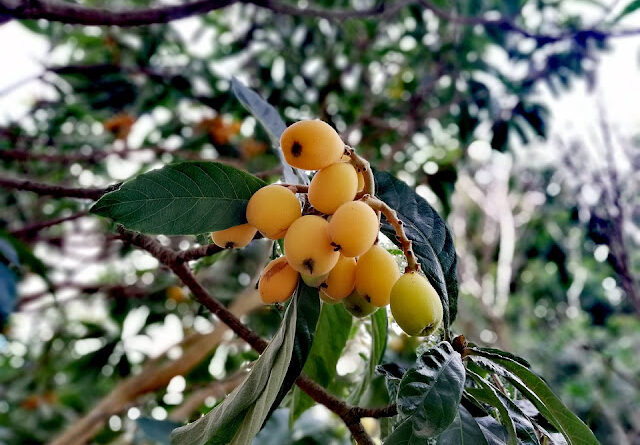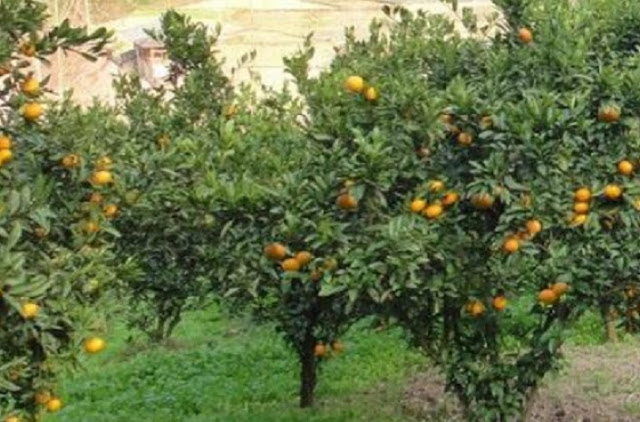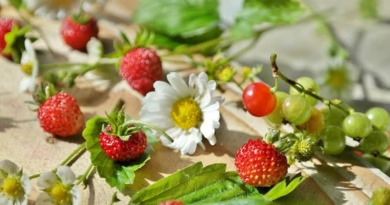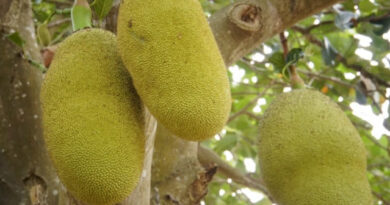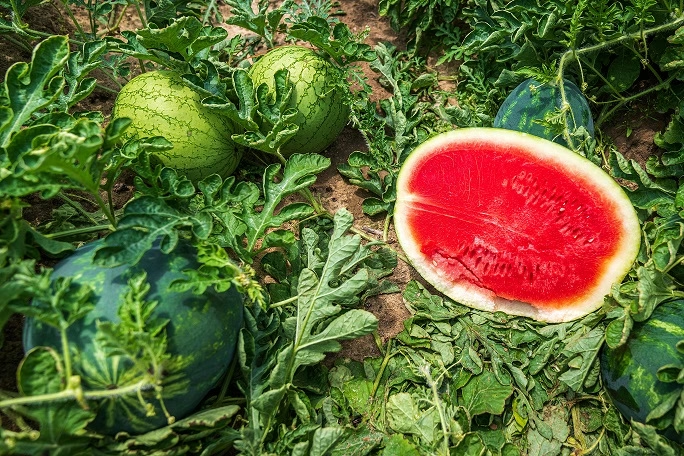Loquat Cultivation in India; A complete information Guide
Loquat (Eriobotrya japonica) is believed to be native to China, but its cultivation in Japan has been very popular for a long time. It belongs to the family Rosaceae, to which all important temperate fruits belong. It is mainly grown in Punjab and Uttar Pradesh.
In South India, it is grown as an ornamental tree. It is an evergreen subtropical tree. It can withstand considerable frost and tropical heat. However, it does not fruit well under these conditions and is grown as an ornamental tree. It does not fruit well in areas with warm winters. It can grow up to an elevation of 2000 meters, but the fruits are of poor quality.
Nutritive Value of Loquat:
100 grams of loquat fruit contains
| Component | Value | Component | Value |
| Calories | 47 k cal | Folate (B9 | 14 mg |
| Protein | 0.43 g | Vitamin C | 1 mg |
| Fat | .2 g | Calcium: | 16 mg |
| Carbohydrates | 12.1 | Iron | 0.28 mg |
| Fiber | 1.7 g | Magnesium | 1.3 mg |
| Vitamin A: | 76 mg | Manganese | 0.148 |
| Thiamine (B1) | 0.019 mg | Phosphorus | 27 mg |
| Riboflavin (B2) | 0.024 | Potassium | 266 mg |
| Niacin (B3): | 018 mg | Sodium | 1 mg |
| Vitamin B6: | 0.1 | Zinc | 0.06 |
Soil and Climate Requirements for Loquat Cultivation
Early season varieties (Mature from the middle of March): Golden Yellow, Improved Golden Yellow, Large Round, Pale Yellow, Thames Pride
Midseason varieties (mature from the last week of March):
Late season varieties (Mature from the middle of April): California Advance and Tanaka
B. Based on self-fruitfulness
Self-incompatible: Golden Yellow, Improved Golden Yellow, Pale Yellow, and Agra Large
Partially self-incompatible: Large Round, Fire Ball, Thames Pride, California Advance, and Tanaka
Propagation of Loquat;
It is generally multiplied by a simple approach to grafting, but ‘T’ budding on the seedling rootstock of loquat is more convenient and successful. Budding can be done in February and September, but preferably in February. Planting
Planting: Plants should be planted during July-August in pits of 1x1x1 meters in size. Plants can also be planted in the spring season if sufficient irrigation facilities are available
Pruning of the Loquat plant
Manuring
Loquat plants require heavy fertilization to produce heavy, luxuriant foliage and large amounts of fruit. The recommended fertilizer dose is 750 g N, 300 g P, and 750 g K per year/plant, and should be given up to 3 years of age. In the bearing orchards of loquats, apply 50 kg FYM per plant every year along with other fertilizers. After the plant age of 3 years, fertilizer doses of 1 kg N, 0.5 kg P, and 0.5 kg K per plant per year should be applied. The nutrients should be applied in 20-30 cm deep and 30 cm wide trench along the drip line of the tree. Apply recommended micronutrients if deficiency symptoms are observed. Micronutrient deficiency should be corrected by foliar spray of a particular micronutrient.
Flowering
Flowering in loquat takes place on the new growths in the season. First flowering is observed during August-September, in which most of the flowers drop down and the remaining flowers are considered useless from the fruiting point of view. This is because flowers do not have viable pollen. The second flowering is during October-November, which is valuable from the fruiting point. Fruits from December to January that flower do not develop properly due to early summer. Thus, early fruit setting will result in better fruiting.
